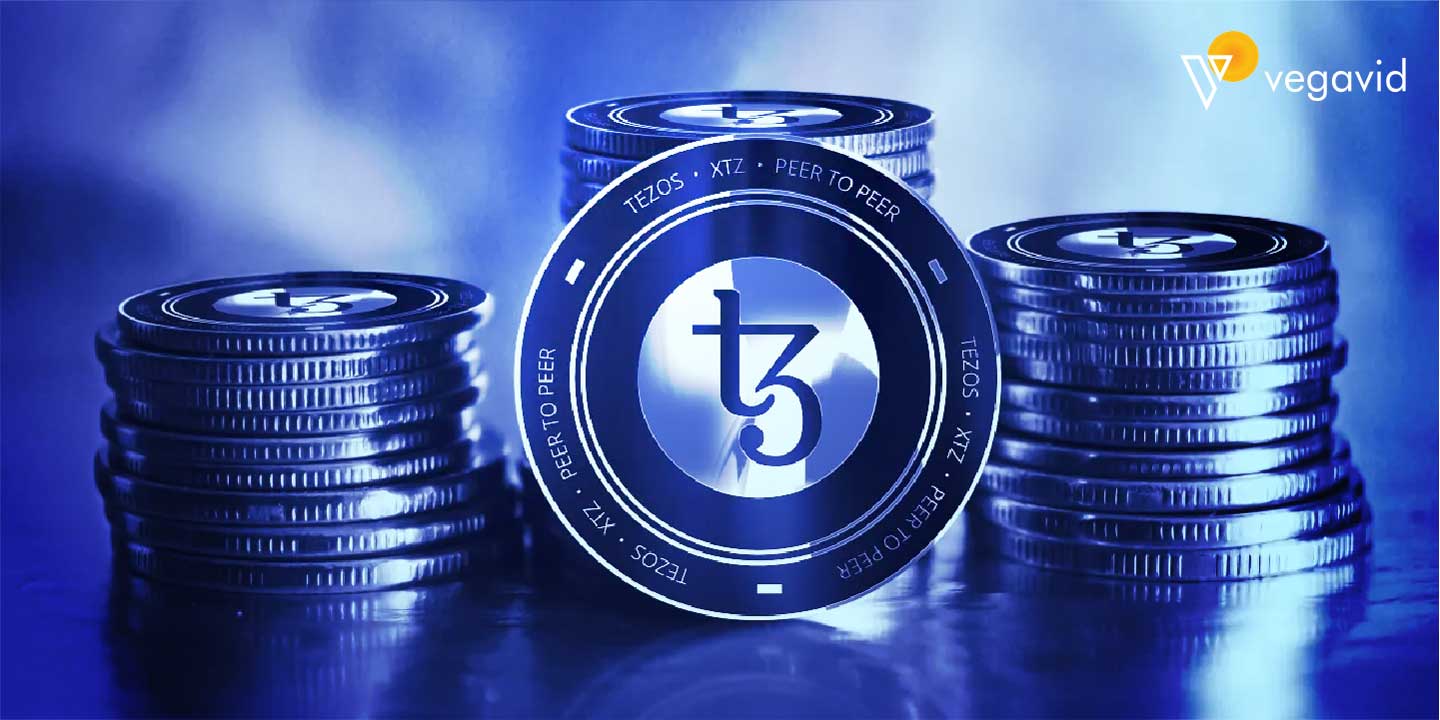
The realm of blockchain technology is a vibrant and ever-evolving landscape. Within this space, numerous platforms compete for dominance, each boasting unique features and functionalities. But with so many options, a crucial question arises: Which platform reigns supreme?
The truth is, there’s no single “best” blockchain platform. The ideal choice hinges on a multitude of factors specific to your project or use case. This comprehensive blog delves into the intricate world of blockchain platforms, equipping you with the knowledge to navigate this dynamic ecosystem and select the best fit for your needs.
Unveiling the Blockchain Landscape: A Spectrum of Platforms
Blockchain platforms are the foundation upon which decentralized applications (dApps) and other blockchain-powered solutions are built. Each platform possesses distinct characteristics, catering to a diverse range of applications. Here’s a breakdown of some key platform categories:
- Public Blockchains: Open to anyone, these platforms offer permissionless access. Popular examples include Ethereum, Bitcoin, and Litecoin. They excel in transparency and decentralization, but scalability can be a challenge.
- Permissioned Blockchains: In contrast, permissioned blockchains operate under a controlled environment. Only authorized participants can join the network, enhancing scalability and transaction speed. Hyperledger Fabric and Quorum are prime examples. This approach prioritizes efficiency and caters well to enterprise use cases.
- Consortium Blockchains: A hybrid model, consortium blockchains involve a pre-defined group of participants governing the network. This collaborative approach fosters trust and tailors the platform to specific industry needs. Examples include R3 Corda and Baseline Protocol.
Decoding Your Needs: Factors Guiding Platform Selection
Choosing the optimal blockchain platform necessitates a thorough evaluation of your project’s requirements. Here are some critical aspects to consider:
- Scalability: Can the platform handle your anticipated transaction volume? Public blockchains like Ethereum might struggle with high volumes, while permissioned platforms often excel in this area.
- Security: The platform’s security features are paramount. Research the platform’s consensus mechanism, cryptographic protocols, and history of security breaches.
- Development Tools and Community: Does the platform offer robust development tools and a supportive community? A rich ecosystem facilitates easier development and troubleshooting.
- Smart Contract Functionality: Will your project require smart contracts? Ensure the platform supports smart contract development and execution.
- Regulatory Compliance: Consider the regulatory landscape surrounding your project and the platform’s compliance with relevant regulations.
Beyond Technical Considerations:
Beyond technical specifications, venture beyond the platform itself. Investigate the team behind the platform, their development roadmap, and the project’s overall vision. Aligning with a platform with a strong team and a clear vision can ensure long-term growth and sustainability.
Platform Powerhouses: A Glimpse into Prominent Players
To illustrate the diverse offerings within the blockchain arena, let’s explore some leading platforms and their strengths:
- Ethereum: A pioneer in the space, Ethereum is revered for its smart contract functionality and vibrant developer community. However, scalability issues and high transaction fees can be drawbacks.
- Hyperledger Fabric: A permissioned blockchain championed by The Linux Foundation, Hyperledger Fabric prioritizes scalability and caters well to enterprise use cases, offering a secure environment for business-to-business transactions.
- Solana: Known for its blazing-fast transaction speeds and low fees, Solana is emerging as a strong contender for high-volume applications. However, its relative youth necessitates further observation of its long-term stability.
- EOS.IO: Designed for scalability and developer friendliness, EOS.IO offers a high-performance platform for dApp development. However, concerns regarding centralization and governance exist.
This is merely a snapshot of the extensive blockchain platform landscape. New platforms are constantly emerging, each aiming to address specific needs and challenges.
Staying Ahead of the Curve: Navigating the Evolving Landscape
The blockchain space is dynamic, with continuous advancements and innovations. To stay ahead of the curve, consider these proactive measures:
- Actively follow industry news: Stay updated on the latest developments, platform upgrades, and emerging trends.
- Engage with the blockchain community: Participating in forums, conferences, and online discussions allows you to learn from experienced developers and industry leaders.
- Experiment with different platforms: Consider exploring and testing various platforms on a small scale to gain hands-on experience and identify the best fit for your needs.
By adopting a proactive approach, you can ensure that your chosen platform remains relevant and adaptable within the ever-evolving blockchain ecosystem.
There isn’t a single “best” blockchain platform for all money transfers. The ideal platform depends on several factors, including:
- Type of transfer: Are you making international remittances, micropayments, or high-value transactions?
- Scalability needs: How much transaction volume do you anticipate?
- Regulatory environment: Where are you and the recipient located? Regulatory considerations can vary.
Here’s a breakdown of some popular blockchain platforms used for money transfers:
- Ethereum: A pioneer in the space, Ethereum offers a robust platform for building decentralized applications (dApps) for various financial use cases. However, transaction fees can be high due to network congestion.
- Ripple: Designed specifically for cross-border payments, Ripple boasts fast settlement times and established partnerships with financial institutions. However, its centralized nature deviates from the core principles of blockchain.
- Stellar: Similar to Ripple, Stellar focuses on facilitating international transfers. It offers faster transaction speeds and lower fees compared to traditional methods.
- Hyperledger Fabric: This permissioned blockchain platform caters to enterprise use cases, providing a secure and scalable environment for financial transactions between trusted institutions.
Choosing the Right Platform
Before selecting a platform, carefully consider your specific needs and research the following aspects:
- Security: Evaluate the platform’s security protocols and its track record.
- Transaction fees: Compare fees associated with different platforms.
- Scalability: Ensure the platform can handle your anticipated transaction volume.
- Regulatory compliance: Choose a platform that adheres to relevant regulations in your region.
Remember, the blockchain landscape is constantly evolving. New platforms emerge frequently, so staying updated on industry developments is crucial for making informed decisions.
Conclusion: The Power of Choice in a Decentralized World
The beauty of blockchain lies in its decentralized nature, empowering users with a diverse range of platforms.











